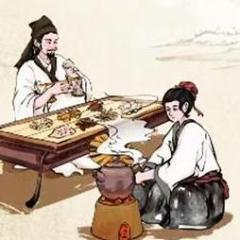-
Welcome to the eG Forums, a service of the eGullet Society for Culinary Arts & Letters. The Society is a 501(c)3 not-for-profit organization dedicated to the advancement of the culinary arts. These advertising-free forums are provided free of charge through donations from Society members. Anyone may read the forums, but to post you must create a free account.
Homemade Mayonnaise: Science, Techniques, Troubleshooting, Storage
-
Similar Content
-
- 821 replies
- 181,794 views
-
- 719 replies
- 197,055 views
-
- 30 replies
- 8,695 views
-
- 135 replies
- 30,748 views
-
- 30 replies
- 8,695 views
-
-
Recently Browsing 0 members
- No registered users viewing this page.





Recommended Posts